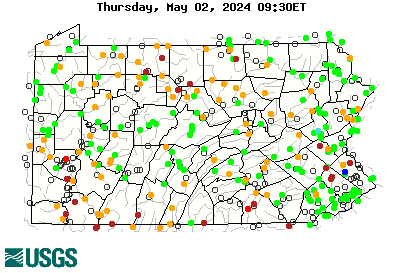KeviR
Active member
On the Little Lehigh last Dec 31 I saw a behavior that I had never seen before. The pool I was fishing was situated so that I could see into the tail of the pool quite clearly. As I fished out one cast, I saw a good sized trout drifting downstream into the tail of the pool while flaring its gills and regurgitating as it drifted. It occurred to me too late that it probably had my fly in its mouth and was trying to eject it. I lifted to set the hook but was too late.
I could believe that this is a learned behavior. If the fish holds in position and tries to eject the fly, the angler sees the hesitation and sets the hook, etc. If the fish drops downstream while ejecting the fly, it gives them extra time to eject it before hook set. It worked for the fish in that case - I was tight-lining and never saw the hesitation if there was one.
Do you think in a pressured stream like the LL (heritage stretch) that trout could learn this behavior? This was a good sized fish, maybe 16 inches or so, so he might have had a bunch of encounters to learn this technique.
I could believe that this is a learned behavior. If the fish holds in position and tries to eject the fly, the angler sees the hesitation and sets the hook, etc. If the fish drops downstream while ejecting the fly, it gives them extra time to eject it before hook set. It worked for the fish in that case - I was tight-lining and never saw the hesitation if there was one.
Do you think in a pressured stream like the LL (heritage stretch) that trout could learn this behavior? This was a good sized fish, maybe 16 inches or so, so he might have had a bunch of encounters to learn this technique.





